Bioeconomy Reading time 3 min
3 questions for a start-up: TimeSens and SensoStat
Published on 06 December 2018
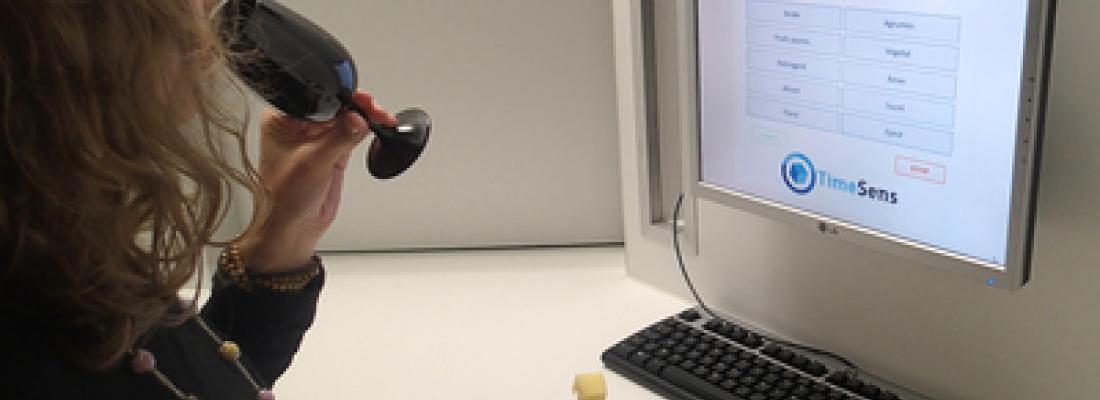
How did the two entities come about?
Arnaud Thomas: Christine Urbano and Eric Teillet, previously a contracted engineer and a PhD student at INRA, set up SensoStat in 2012 in response to the demand for services in sensory analysis.
Pascal Schlich: Also, in 2009, I and Michel Visalli, an informatics specialist at the CSGA invented TimeSens® to enable dissemination of the innovative method called “DTS” (Temporal Dominance of Sensations, or Dominance Temporelle des Sensations) that had been developed by INRA. TimeSens® subsequently integrated the majority of sensory analysis methods so that in 2016 it became a software program sold by the start-up TSI.
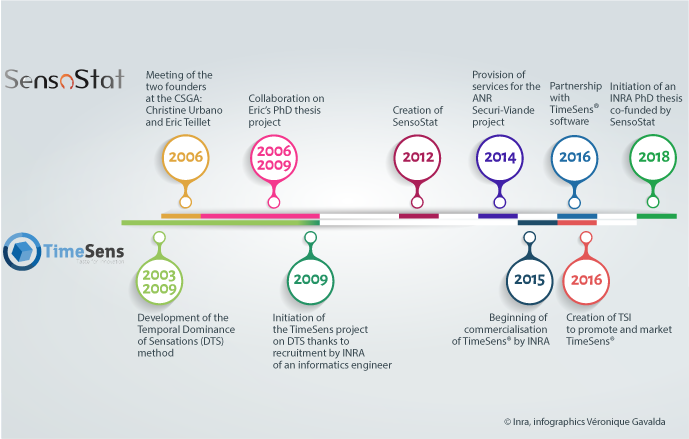
Where do SensoStat and TSA position themselves?
A. Thomas: SensoStat can help companies to quantify sensory perceptions of their products and compare them with those of competitors; for example, when developing a new recipe or when simply trying to better understand customer needs. Sensory analysis measures the different sensations we experience while consuming a product, whether it is a food or not. SensoStat and INRA implemented a research project to measure emotional dynamics during the evaluation of three types of product: chocolate, perfumes and advertising videos. Our aim was to establish a link between these sensations and any emotions experienced by the panel during consumption or use of the product. The data collected were scoring scales and video recordings of the subject when presented with the product. While an emotional component was evidenced for advertising videos, the results were less clear for the other two product types. A new protocol for sensory evaluation was thus implemented using the TimeSens® software.
P. Schlich: As for TSI, we are seeking to promote the use and development of this software, which offers an opportunity for rapid introduction of the innovative sensory analysis methods developed at the CSGA by the ChemoSens platform. Indeed, these methods enable us to work with both trained panels and groups of consumers. Because TimeSens® is 100% connected, it is possible to perform tests at home, as well as in the laboratory.
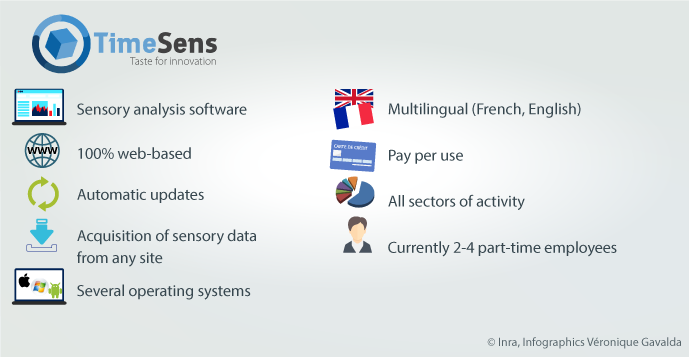
What changes do you want to make to these projects?
P. Schlich: In practical terms, testers currently have a list of descriptors in front of them, on which they click to indicate what they perceive. The software also records how long they experience this emotion. The problem we have concerns the temporal aspects of this situation. When we consume a product, our sensations evolve over time; for example, when we taste a wine, there is an initial impression and then a finish, etc. A second version of the software is therefore being developed and will be available in 2019. More ergonomic, it will offer new functionalities resulting from work by the ChemoSens platform; for example, the combination of DTS with hedonic evaluations which provides an understanding of the temporality of sensations and optimises consumer preferences. Specific protocols to study associations between foods and drinks – such as wine and cheese – will also be available in this new version.
A. Thomas: SensoStat and the Bourgogne – Franche Comté Regional Council are currently funding a PhD project at the CSGA that will allow us to develop a new sensory analysis method that uses free expression and will enable the collection of a mass of tasting data outside the laboratory and thus better reproduce normal consumption conditions. Our aim is to obtain the optimum reflection of a consumption experience, as the setting can also impact our sensations. We are also working with a trainee on measuring emotions by recording facial expressions.
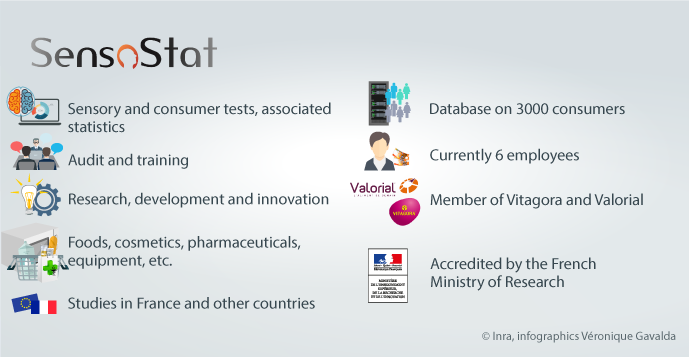
Zoom : Sensory analysis, which methodology?
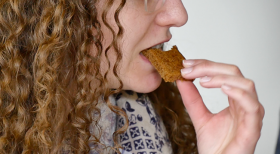
Sensostat is participating as a partner or service provider in academic and private sector research projects in order to develop new sensory analysis methodologies. At present, TimeSens® can offer access to most sensory analysis methods: quantitative descriptive profiles, hedonic tests, CATA, free sorting, napping, etc., alongside the original protocols (DTS multi-intake, Temporal Drivers of Liking, PSP, etc.). The results thus collected can be analysed using standard or innovative statistical methods.
